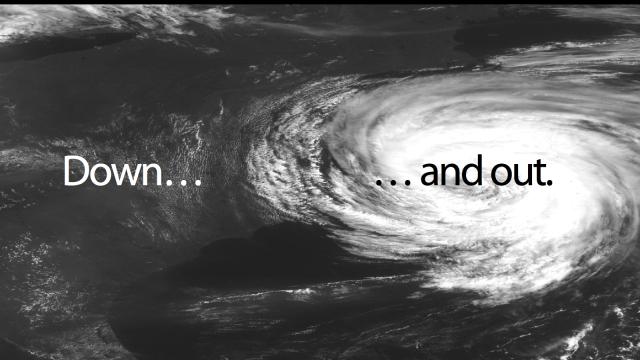While extreme weather events seem to come and go more often than ever, our ability to forecast them does at least help us minimise risk to human life. But an impending weather satellite outage could make events like yesterday’s devestating tornado even harder to predict — for up to three years.
The US relies on two types of satellites to help it predict the weather. One orbits the Earth’s poles, providing a global snapshot of weather conditions every morning and afternoon. A second set — known as geostationary satellites — maintain a constant position above the planet to continuously monitor a single area. Combined, they work fantastically; alone, neither provide enough data to form truly accurate predictions.
The problem is, officials from the National Oceanic and Atmospheric Administration (NOAA) have become aware that, soon, the United States’ polar satellite is to reach the end of its life. No problem, right? Let’s just launch another! But, sadly, its replacement has been severely delayed by cost increases, technical problems and — surprise, surprise — management challenges.
Thats leaves the US in a tricky situation, where it could be without a polar orbiting satellite — and all the useful data that comes from it — for a staggering 17 to 53 months. NOAA even admits that the gap will result in less accurate weather forecasts — and more difficulty in predicting extreme events like hurricanes. In turn, that doesn’t just mean we need to carry a raincoat more often, but could place lives and property in danger.
So what to do? Well, fortunately the US Government Accountability Office is well aware of the problem, and has added it to its High Risk List in 2013. That should see the polar orbiting satellite project fast-tracked, and with any luck minimize the time we’re without its data.
If that doesn’t work out there are some other options — wave gliders that float on the ocean and monitor the weather, say, or perhaps even leveraging data from other satellites. But none of those options are as effective, and they’ll also come at serious expense. So, for now, let’s hope that satellite arrives sooner rather than later. [GAO via CTO Vision]
Picture: NOAA
